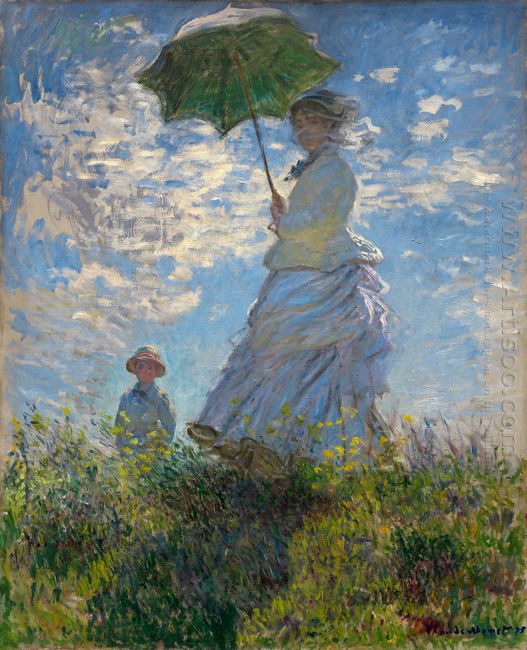Las Meninas is the greatest masterpiece (group portrait painting) made by Diego Velazquez, the leading artist at the Spanish Golden Age, which was released on 1656. Now this painting is collected on Prado Museum of Madrid, Spain.
This oil painting depicts the daily life of the royal family in a snapshot, below are the details: the young Infant Margret Theresa is surrounded by her followers, maidservants and dog, showing her new dress proudly; the painter stands behind them but in the front of the easel; the smaller mirror on the wall reflects the King Philip IV of Spain and his Queen who stand far and watch what's happening around the young princess; the other mirror reflects the manservant standing the corridor. From their eyesight we find the painter created an uncertain relationship between the viewer and the figures depicted which caused the painting has been widely studied and discussed for years. Actually the main character of this painting should be the hope the Royal family of Spain—the young princess and Velazquez the observer while the King has dual identities- the hero and viewer when he occurred in the painting. That is great of Diego Velazquez who good at using lighting effects to present the common things in extensity, stereoscopy, and complexity. In this painting, Diego absolutely used greatly the mirrors on the wall and the lighting to disorganize the relationship of the images in the painting.
So there is a saying that the enigma happens if the distance between the viewer and painting is perfect nevertheless viewers couldn't get the point of painting.






